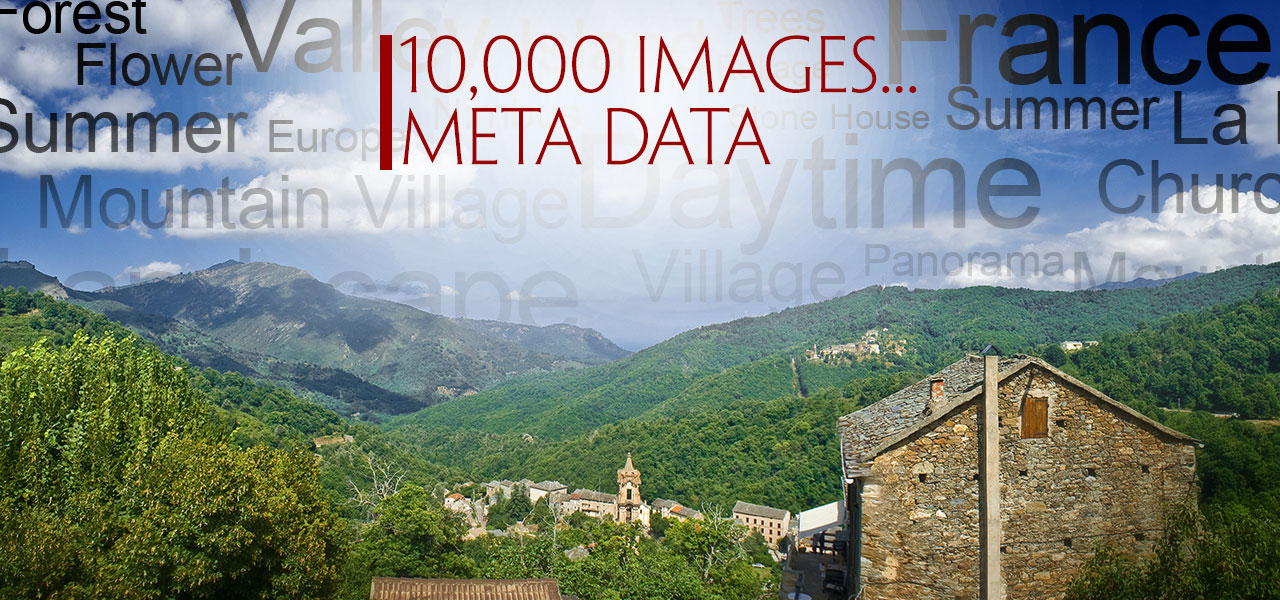How getting input from a colleague can streamline your photo selection process.
I have been trying to work on my images and even though I have been working out a workflow, something just doesn’t seem right. A colleague of mine, Henrik de Gyor, suggested that he offer some assistance to help me cull images. As we went through 3 of about 10 years of images, it suddenly occurred to me there are a lot of photos to choose from!
After we discussed the three year’s worth of images I came up with a couple of takeaways:
Find images that have a multiple design element to them: A photo of a long road is nice but one that takes your eye from some other object first and then down the road is even better. Look for the letters U and J in the design.
I have several photos taken in the same approximate location; which one is more a better chance of being sold that also meets any other criteria such as being able to advance the story if I am making a collection of images.
Life it too short to work on an image and evaluated it if will fit into the collection or not after that time is spent. I was really hoping this would not be the case. It is similar to the dilemma the clients go through when they pay you to design something for them in that you give them options to choose from and that’s it—there is no edit till you love it. The 80/20 rule plays a big role even in doing work for yourself
Initially, Henrik was going to try and tell me which images would have more commercial value. I know the fine art photographers out there might have an issue with this because if it’s fine art, you are suppose to be communicating your feelings and emotions. The idea of telling me that xyz image did not really have much commercial value when I was making a fine art piece just didn’t sit well with me either. Then I realized that I was looking at it the wrong way.
This image identification was really just another project in disguise. There is nothing wrong with figuring out which images I will use in a collection AND as a separate project; which images might be solo images. So, I invite both. Turns out, he discovered that most of my images will be better suited for fine art.
Am I disappointed, in some ways yes. I thought he might find more that would support the “commercial” idea so that makes me a little dissapointed in my own work. In some ways, I’m not disappointing because he also told me that I have a lot of “fine art” quality images just waiting to be worked.
If I hadn’t opened my thinking up to Henrik’s assistance, my culling process would still be the same. Now I’ve given myself a few more qualifications that images must meet before they get edited.
10,000 Images – Organizing Images With Digital Asset Management
How does one organize such a large number of digital photographs? What is the culling process? How are images selected, and what is my post processing workflow?



